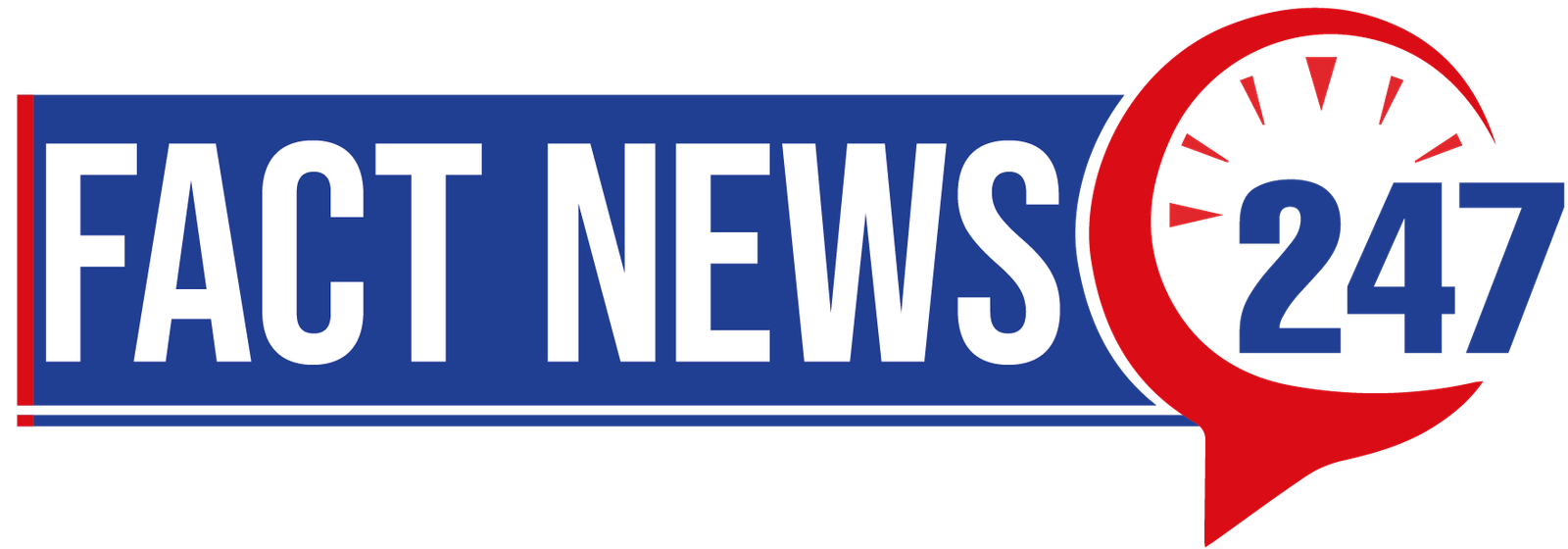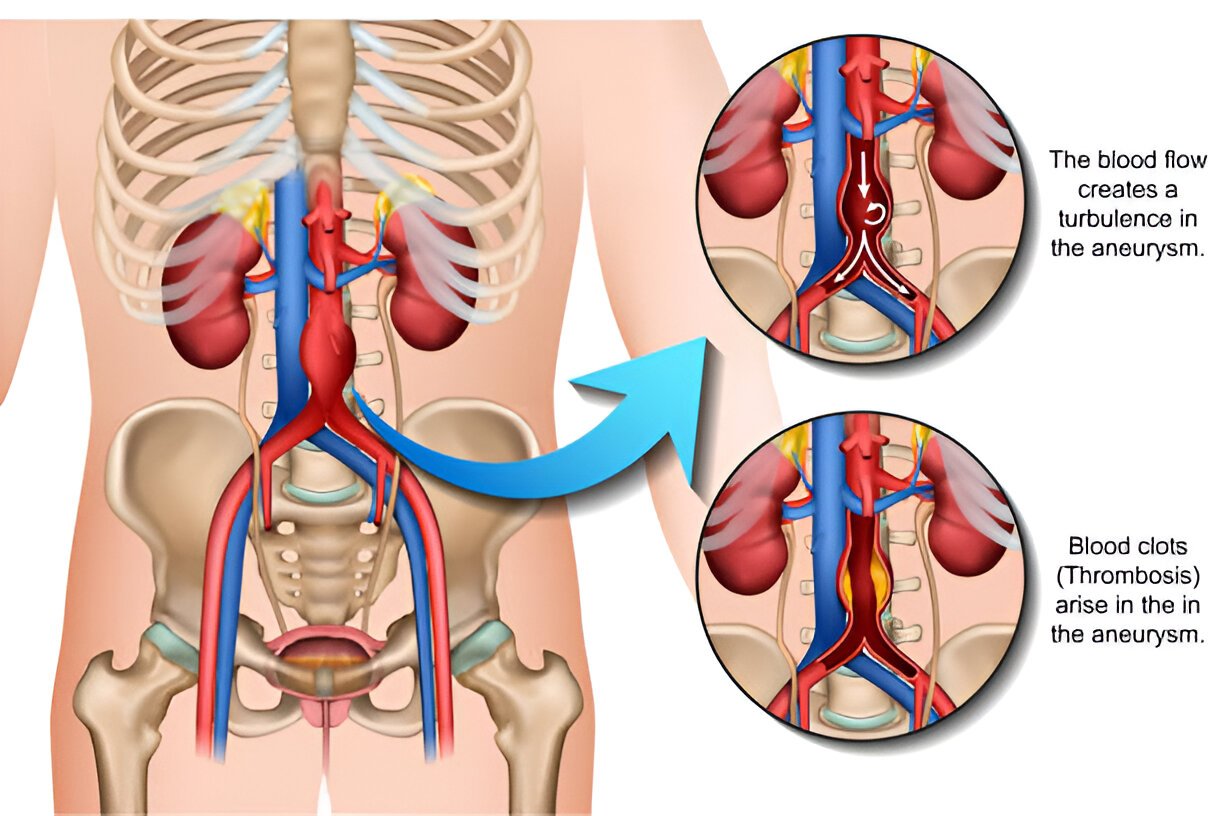Image Credit: iStock Image
Introduction
Abdominal aortic aneurysm (AAA) is a serious medical condition characterized by an abnormal bulge in the wall of the aorta, the largest artery in the body. If left undiagnosed and untreated, an AAA can rupture, leading to life-threatening complications. Early detection through screening can significantly reduce mortality rates, particularly among at-risk populations. However, the willingness of different demographic groups, including Chinese Americans, to participate in such screenings is a critical factor influencing public health outcomes.
Read More About: Party Lessons on The Treatment of Systemic Lupus Erythematosus
Understanding Abdominal Aortic Aneurysm Screening
AAA screening typically involves ultrasound imaging to assess the size and condition of the abdominal aorta. The U.S. Preventive Services Task Force recommends one-time screening for men aged 65 to 75 who have ever smoked, as well as for individuals with a family history of AAA. However, understanding why some populations, including Chinese Americans, may hesitate or face barriers to screening is essential for improving health outcomes.
Cultural Context and Beliefs
Cultural attitudes towards health and medical interventions can significantly influence screening behaviors. For many Chinese Americans, traditional beliefs about health may prioritize holistic approaches over conventional medical practices. Concepts like “Qi” (vital energy) and the balance of Yin and Yang often play a crucial role in how health is perceived. This cultural lens can sometimes lead to skepticism towards procedures like screening, which may be viewed as unnecessary or invasive.
Furthermore, language barriers and the cultural stigma surrounding illness can inhibit communication with healthcare providers. Many Chinese Americans may not fully understand the importance of AAA screening or the risks associated with not participating. Education about the condition and its implications is crucial in addressing these barriers.
Access to Healthcare
Access to healthcare services is another critical factor. Many Chinese Americans, particularly older adults or recent immigrants, may face challenges accessing appropriate medical care due to financial constraints, lack of insurance, or limited transportation options. These barriers can contribute to lower screening rates among this demographic.
Additionally, studies indicate that Asian Americans, including Chinese Americans, often experience disparities in healthcare utilization. They may be less likely to have regular check-ups or screenings compared to other ethnic groups, often due to a combination of cultural beliefs and systemic barriers.
Click Here to Understand About: When Biting The Temples Will Squeak A Curious Phenomenon
Health Literacy and Awareness
Health literacy plays a pivotal role in understanding the risks associated with AAAs and the benefits of screening. Unfortunately, health literacy rates can vary significantly across different communities. Many Chinese Americans may not be adequately informed about AAA or the importance of screening.
Efforts to improve health literacy through community outreach, educational programs, and bilingual resources can empower individuals to take charge of their health. Understanding the risk factors associated with AAA, such as age, gender, smoking, and family history, can encourage proactive behavior in seeking screening.
Community Engagement and Education
Community engagement is essential to improving screening rates among Chinese Americans. Health fairs, workshops, and informational sessions can help raise awareness about AAA and the importance of early detection. Collaborations with community leaders, healthcare professionals, and cultural organizations can foster trust and encourage participation in screenings.”Are Chinese Americans willing to undergo abdominal aortic aneurysm screening?”
Moreover, integrating culturally relevant materials and presentations can address specific concerns and beliefs that Chinese Americans may have about healthcare. Tailoring educational content to the unique experiences of this community can make information more accessible and relatable.
Building Trust in Healthcare Providers
Building trust between Chinese Americans and healthcare providers is vital for increasing willingness to undergo AAA screening. Many individuals in this community may have experienced discrimination or bias in healthcare settings, leading to a reluctance to engage with the system.
Healthcare providers must demonstrate cultural competence by understanding and respecting the values and beliefs of their patients. This involves being sensitive to language barriers, providing translation services, and fostering an environment where patients feel comfortable discussing their health concerns.
Also Read About to Understand: Understanding The Anatomy The Anus Divides The Rectum From Outside To Inside
Conclusion
The willingness of Chinese Americans to undergo abdominal aortic aneurysm screening is influenced by a complex interplay of cultural beliefs, healthcare access, health literacy, and trust in providers. To improve screening rates, it is essential to address these factors through targeted educational efforts, community engagement, and culturally competent healthcare practices. By enhancing awareness and understanding of AAA, we can help reduce disparities in health outcomes and encourage proactive health behaviors within this community.
FAQs About “Are Chinese Americans willing to undergo abdominal aortic aneurysm screening?”
What is an abdominal aortic aneurysm (AAA)?
An AAA is an abnormal bulge in the wall of the aorta that can lead to serious complications if it ruptures. Early detection through screening is crucial for preventing life-threatening outcomes.
Why is screening for AAA important?
Early detection can significantly reduce the risk of rupture and improve survival rates. Screening is particularly recommended for at-risk individuals, such as older adults and those with a family history.
What factors influence the willingness of Chinese Americans to undergo AAA screening?
Cultural beliefs, healthcare access, health literacy, and trust in healthcare providers play significant roles in determining willingness to participate in screenings.
How can community engagement improve screening rates among Chinese Americans?
Community outreach initiatives, educational programs, and partnerships with local organizations can raise awareness and encourage participation in screenings.
What steps can healthcare providers take to build trust with Chinese American patients?
Providers should demonstrate cultural competence, provide translation services, and create an inclusive environment that respects and addresses patients’ cultural values and concerns.
























Your point of view caught my eye and was very interesting. Thanks. I have a question for you.